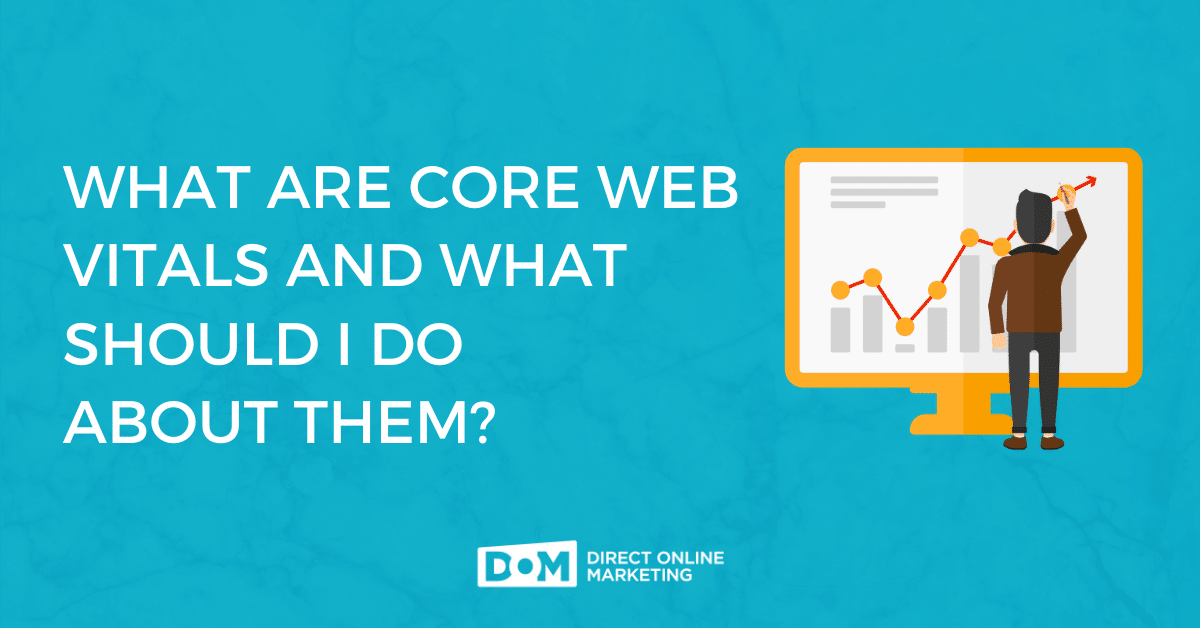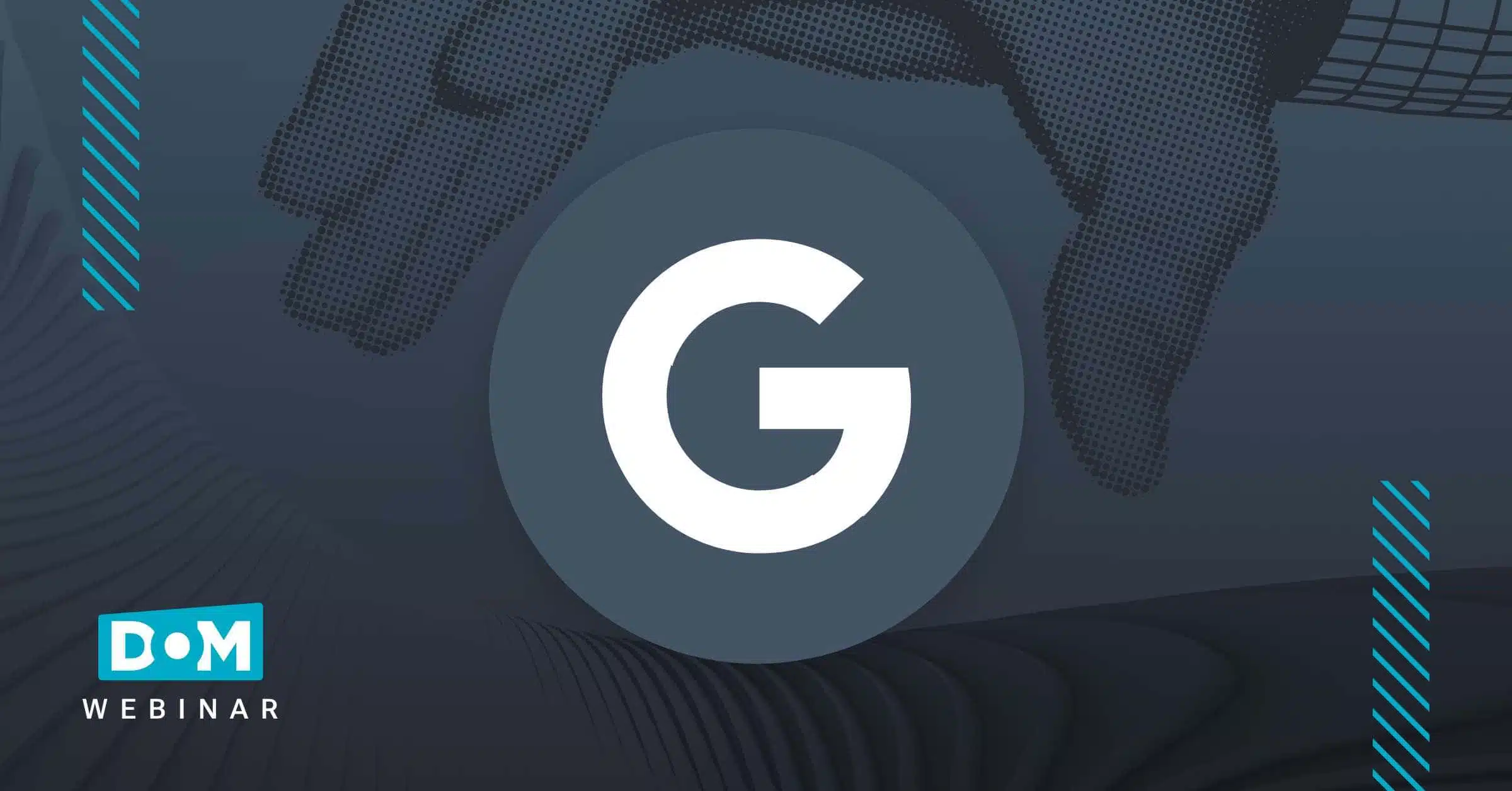
Update for May 2021: Well, it’s been a busy few months since we first published this blog post about core web vitals and what you should do about them. Sometimes Google moves very quickly and sometimes it crawls along slowly, unfurling big new algorithm changes gradually so as not to overwhelm all of us SEO folks.
Lucky for you (and, really, everyone) the advice we shared with you when we first published this post hasn’t changed, and it all still applies. The biggest change is not the what but the when. As we outlined in this more recent post, the changes we’re expecting aren’t set to occur until mid-June 2021 with a slow rollout over the summer.
As We Were Saying
Google constantly makes changes to its algorithm. Deep in a server room somewhere, a handful of code is modified by a developer and, a week later, your page’s search results tank. Or maybe they go up. You never know what the code is going to do until the change happens, and then it’s up to us SEO wizards to decipher what might have just changed and what we might be able to do about it. Most of the time, Google doesn’t tell us what it did, and we have to rely on our wizardry research to help us figure it out.
Once in a while, like in its Core Web Vitals announcement not long ago, Google lets us know what it plans to change in how its algorithm ranks pages or displays search results. They have a good reason to warn us when those are going to be big changes: if we know about a substantial change coming, we can get ready for it in advance, and the modifications in the search results will become immediately apparent. Better search results mean people are finding what they’re looking for and are having a good experience at the website they visit to get the information they’re searching for.
Well, that web page experience is set to become one of the newest concerns for the Google search algorithm, though we would argue that it’s always been important. You want to enjoy the time you spend on a website, right?
Welcome to Core Web Vitals 101
It’s okay if you didn’t know what Core Web Vitals were before Google started talking about them. That happens a lot in SEO. We carry on, optimizing our websites for maximum search potential, adding our weaponry to the digital marketing fight wherever we can. Core Web Vitals is just the newest knife in the drawer, the newest sword on the wall, the newest axe on the dwarf.
Take the words core, web, and vitals together, and it’s exactly what it sounds like: the beating heart of the world wide web. If you were to measure the health of a website, you would look to these core vitals first. The core vitals of the website are answers to these questions:
How fast does the page load?
Google calls this the Largest Contentful Paint (LCP). It’s a measure of how quickly the largest element loads (an image or embedded video, usually). There are a variety of free tools out there that can help you measure this timing. Here at DOM, we typically recommend Google’s PageSpeed Insights Tool or Pingdom from Solarwinds, but there are others worth evaluating, too, like GTMetrix, YSlow, and Uptrends.
How quickly can a user interact with the page?
This gets an initialism, too: First Input Delay (FID). This subset of page speed measures how quickly the page, once loaded, is available for user input. Just as with LCP, the faster the better.
Is the page layout stable, once it loads?
This one is Cumulative Layout Shift (CLS). It’s a measurement of how much a website changes, visually, once it loads. If you’ve ever had a website shift weirdly when you tried to click inside a form to fill out, you know how annoying this can be. Visual stability is one of those basic metrics of a website that Google expects to see, and the ranking factor it intends to use.
These all constitute what Google calls Core Web Vitals because these user experience metrics are useful shorthand in deciding where pages should be ranked. This makes even more sense when you consider why Google would want to give the user experience more weight in its search results: user experience is an indicator of the value of the information being presented. Sometimes things that look foul actually are.
These all matter more, but still don’t matter most
Google will be the first to tell you something that, as an SEO wizard yourself (or aspiring one), you probably already knew: these are just a few additional touchpoints, or signals, that Google uses to measure how it will rank websites in its SERPs (Search Engine Result Pages).
It’s not that suddenly these Core Web Vitals never mattered, or that the other hundreds of signals Google tracks aren’t valid anymore, but that these three signals matter a little more than they did before. Or at least they will, once these changes are in place. Google has suggested that the changes will take place sometime in 2021 (June 2021, as of May 2021), and they indicated that they will provide six months’ warning before making such changes, no matter when they happen.
So What Can You Do?
Google is serious about shining the brightest light it can on these measurements, but you won’t need the Phial of Galadriel to find them.
You can already get these reports in many places, including Google Search Console. Google wants you to make your websites more compliant with its user experience benchmarks because a better user experience means a better internet, and better internet is the only kind of internet we want.
If you found this article helpful, you might want to check out one of these other posts on getting the most out of Google Search Console for your SEO efforts.
- Core Web Vitals Update: It’s Coming (Eventually)
- How To Make the Google Knowledge Panel Work For You
- Set Your Course In Google Search Console With International Targeting
- How and Why to Link Google Search Console in Google Ads
To get more information on this topic, contact us today for a free consultation or learn more about our status as a Google Premier Partner before you reach out.








